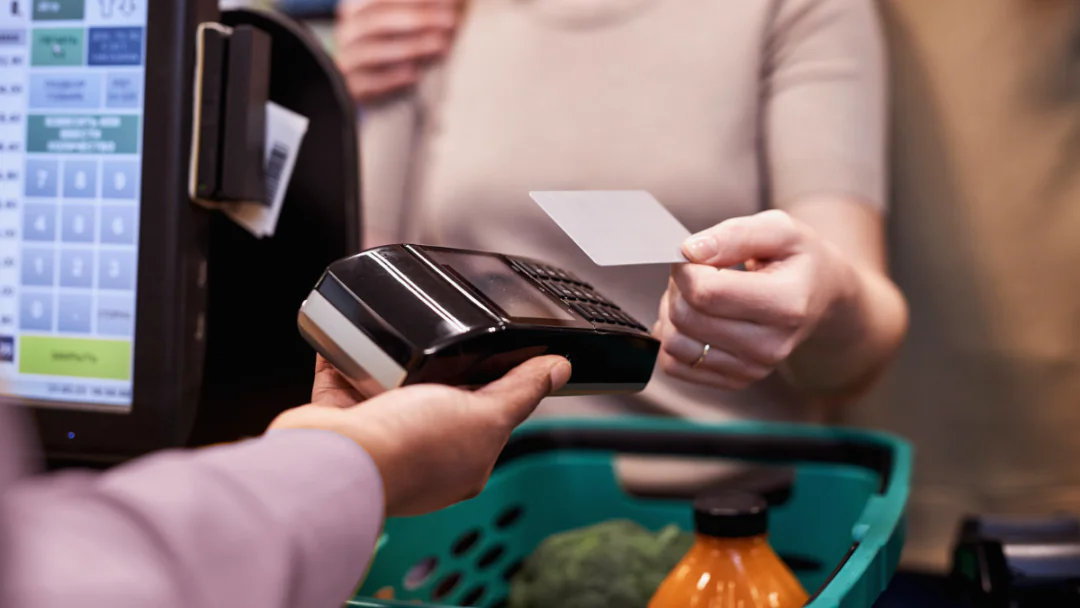How POS Data Can Supercharge Your Marketing

In today’s digital age, data is everything — and your Point of Sale (POS) system is one of the most powerful sources of marketing data you have at your fingertips. Most businesses use their POS system for transactions, but few realize the full potential of the insights it captures. From understanding customer behavior to running highly targeted campaigns, POS data can transform your marketing strategy and help you grow faster, smarter, and more efficiently.
1. Know Your Customers Better Than Ever
Every time a customer makes a purchase, your POS system collects valuable information — what they bought, when they bought it, how much they spent, and how often they shop with you. When you link this purchase data with customer profiles (such as email addresses, birthdays, or loyalty program details), you get a clearer picture of who your customers are and what they care about.
This allows you to segment your audience into groups based on their buying habits. For example, you can create lists of:
- High-spending customers
- First-time buyers
- Inactive customers
- Customers who prefer specific products or brands
With these insights, you can send personalized offers that are far more likely to convert.
2. Smarter Promotions That Actually Work
Running discounts and promotions without insight can lead to wasted effort and lost revenue. But with POS data, you can analyze which products are bestsellers, which are frequently bought together, and what days or seasons are busiest.
This allows you to:
- Run promotions on slow-moving stock to free up inventory
- Bundle products that customers often buy together
- Offer deals on popular items during peak shopping hours
- A/B test different types of offers and measure results instantly
Instead of guessing what your customers want, your POS system tells you what’s already working — so you can double down.
3. Boost Customer Retention With Loyalty Data
Your POS system can also be integrated with loyalty programs, tracking points, rewards, and redemption rates. This data is gold for retention marketing. You can identify your most loyal customers, offer them exclusive perks, and keep them coming back with personalized rewards.
Additionally, you can spot when a regular customer hasn’t visited in a while and send them a re-engagement offer — something simple like, “We miss you! Here’s 10% off your next visit” can work wonders when timed right.
4. Create Targeted Email & SMS Campaigns
Most POS systems can integrate with marketing platforms like Mailchimp, Klaviyo, or other CRM tools. This connection allows you to launch laser-focused email or SMS campaigns based on real-time data.
For example:
- Send a “Thank You” email after a customer’s first purchase
- Trigger automated birthday offers or anniversary rewards
- Notify customers when their favorite products are back in stock
- Promote products based on past buying history
This type of data-driven messaging feels more personal and relevant — which leads to higher open rates, clicks, and conversions.
5. Measure Campaign Success in Real Time
POS systems give you real-time sales data, so you can track how your marketing efforts are performing instantly. If you run a weekend promotion, you can check Monday morning whether it increased foot traffic or boosted specific product sales.
This data helps you make quick decisions: Do more of what’s working and stop what’s not. Over time, this creates a feedback loop that helps refine your marketing with each campaign.
6. Location-Based Marketing Made Easy
If you operate multiple locations, your POS can show you which stores perform best and what products are most popular in each one. This allows you to tailor your marketing by location — promoting different offers depending on what sells in a specific area or targeting certain regions with localized ads.
Final Thoughts
In a competitive market, using guesswork just won’t cut it. POS data gives you a clear advantage by showing exactly how your customers shop, what they buy, and when they’re most engaged. By tapping into these insights, you can build marketing campaigns that are smarter, more targeted, and ultimately more effective.






